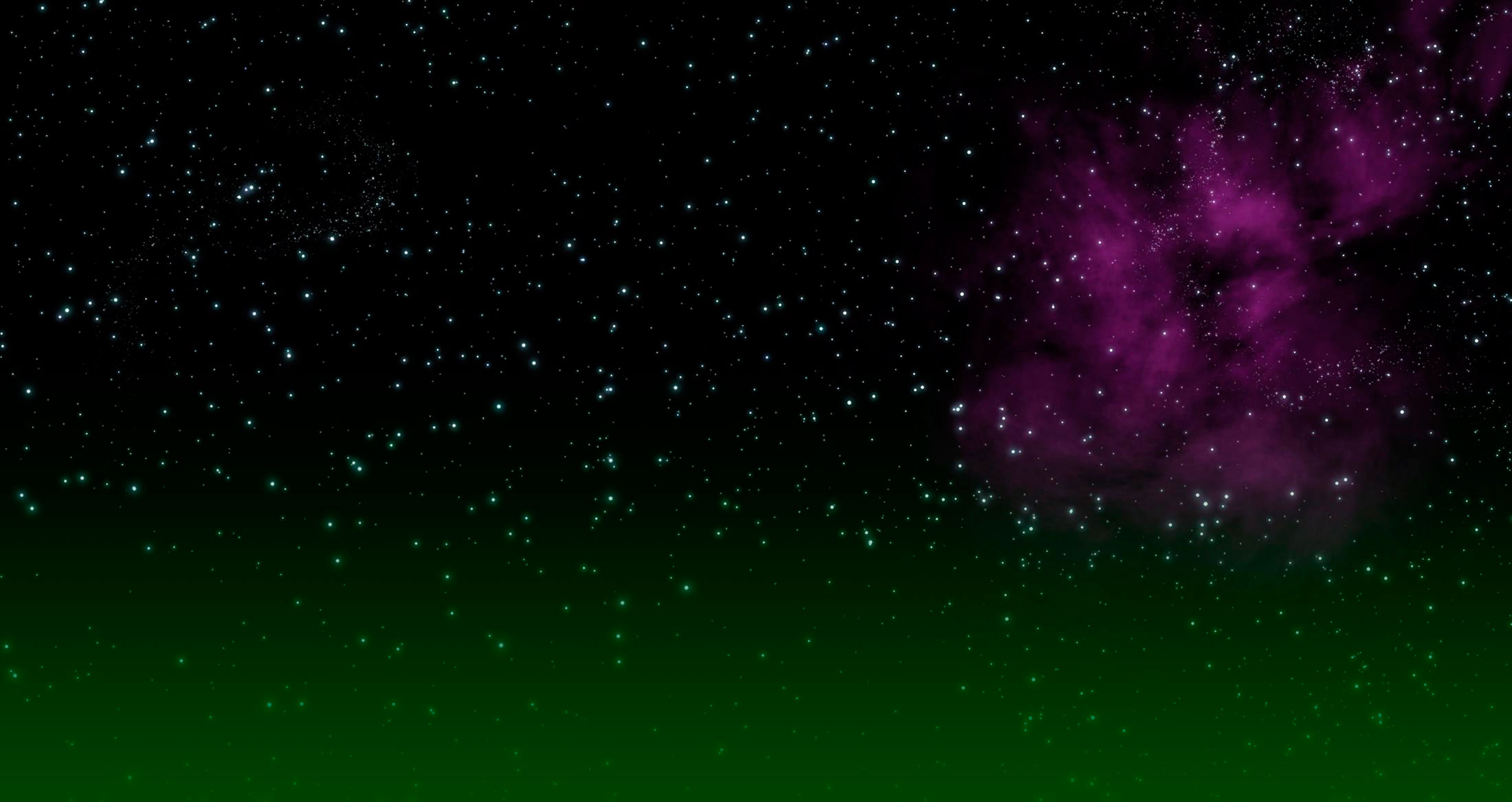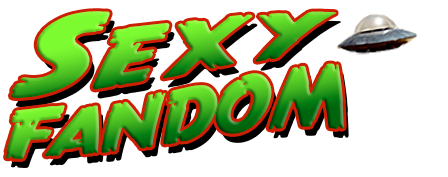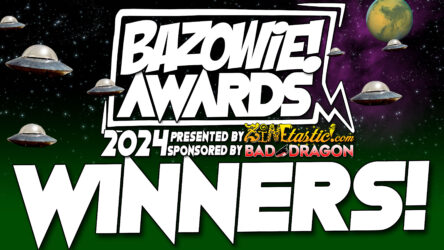It is not what you are thinking. Get your minds out of the gutter.
Hard science fiction, or hard SF, is a subgenre of science fiction characterized by an interest in scientific detail or accuracy. Many hard SF stories focus on the natural sciences and technological developments, although many others leave the technology in the background. Some authors scrupulously eschew such implausibilities as faster-than-light travel, while others accept such plot devices but nonetheless show a concern with a realistic depiction of the worlds that such a technology might make accessible.
Character development is sometimes secondary to explorations of astronomical or physical phenomena, but other times authors make the human condition forefront in the story. However a common theme of hard SF has the resolution of the plot often hinging upon a technological point. Writers attempt to have their stories consistent with known science at the time of publication. Interestingly, some hard science fiction stories are set in an alternate universe where different physical laws apply; however, in such cases the author makes use of current physics to design a universe that is at least potentially realistic.
Hard science fiction is largely a literary genre, as the complexities of physics rarely translate well to the screen. One of the notable exceptions is 2001: A Space Odyssey; however, the movie still leaves out much of the examination of the physics, computer science, and other scientific analyses present in the novel version.
Well known authors often said to be practitioners of hard SF include Poul Anderson, Isaac Asimov, Iain M. Banks, John Barnes, Stephen Baxter, Greg Bear, Gregory Benford, David Brin, Arthur C. Clarke, Hal Clement, Greg Egan, Michael Flynn, Robert Forward, Robert Heinlein, James P. Hogan, Nancy Kress, Larry Niven, Paul Preuss, Alastair Reynolds, Kim Stanley Robinson, Joan Slonczewski, Allen Steele, John Varley, Jules Verne, and Vernor Vinge. (via Wikipedia)
No tags for this post.










